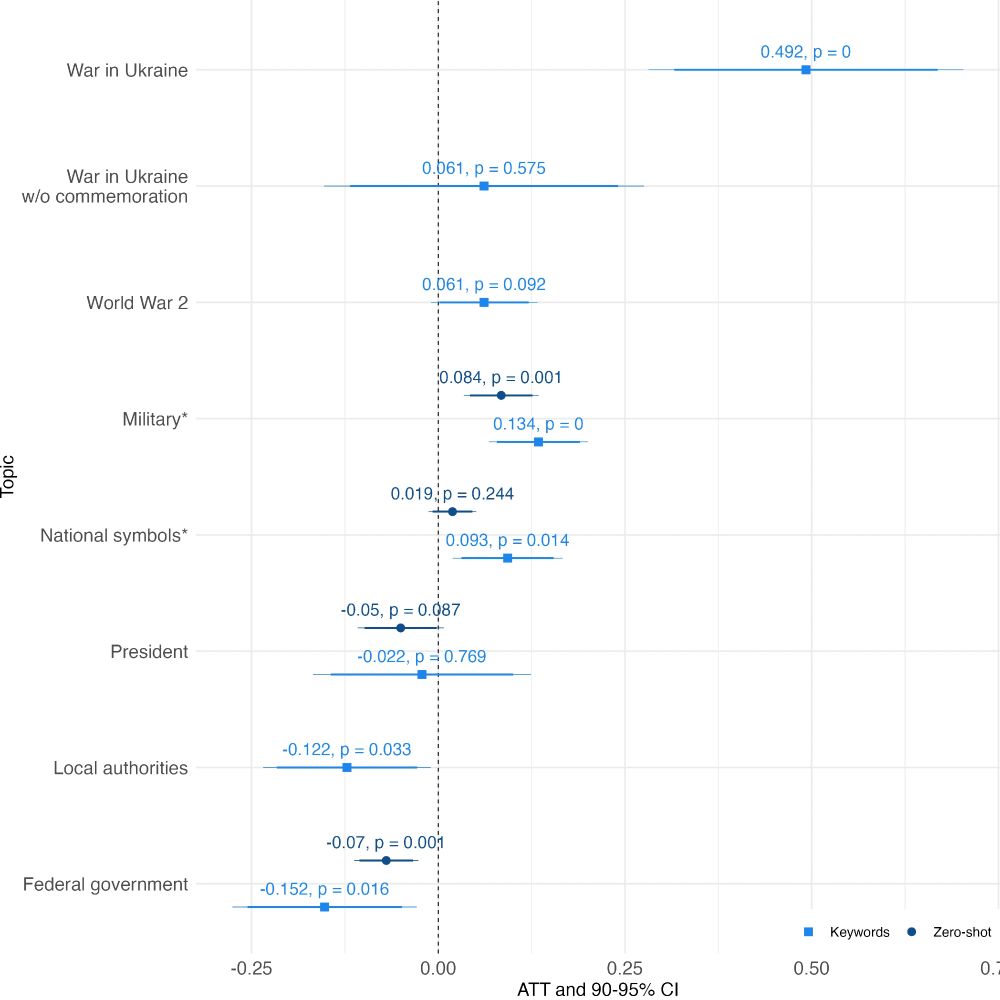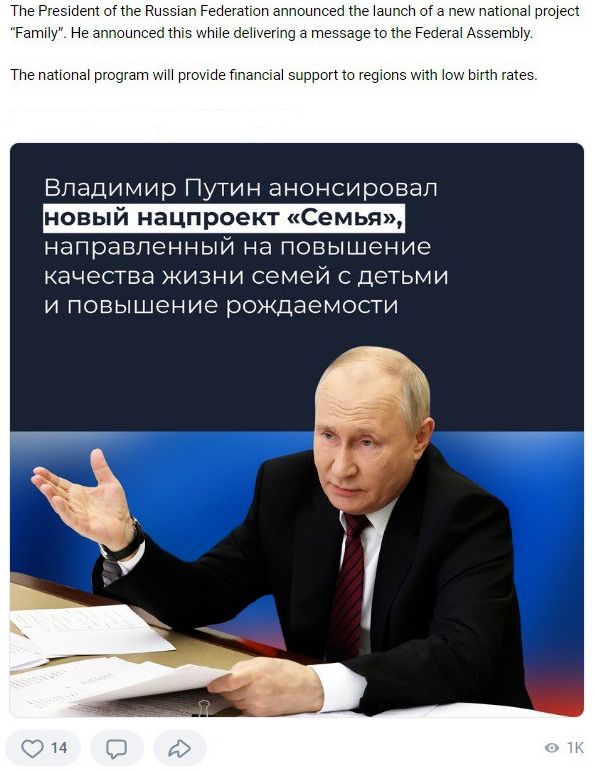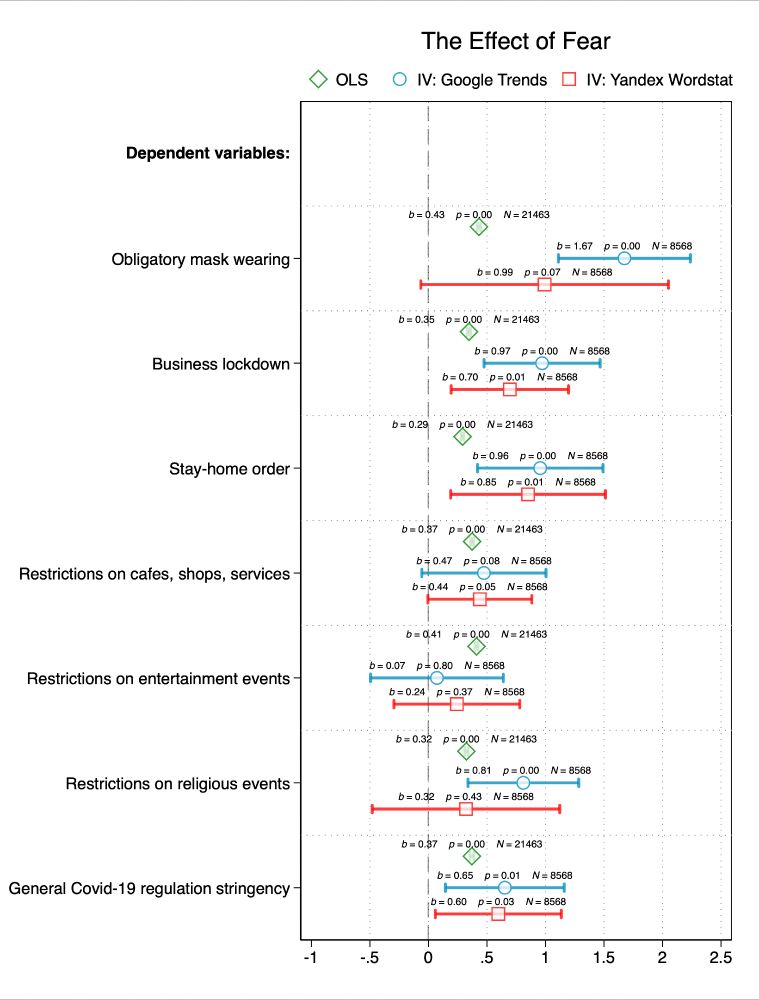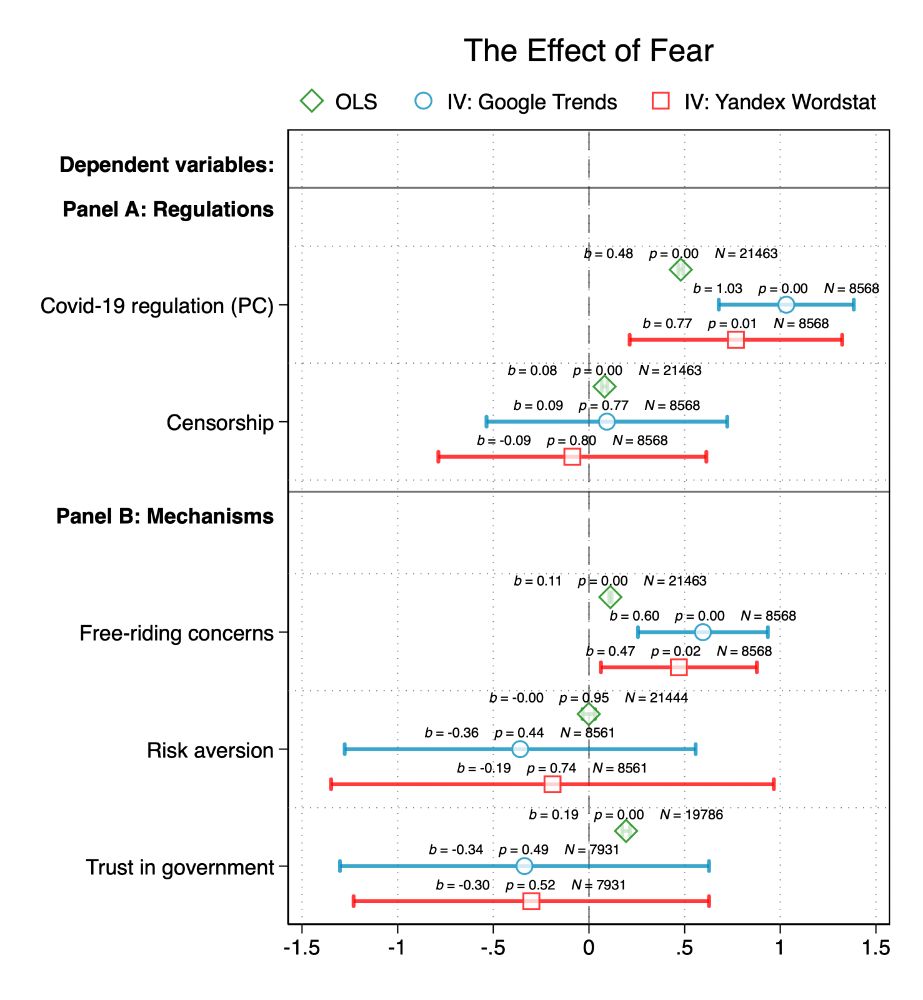
Postdoc at Free University of Bozen-Bolzano
PhD in Economics from University of Bologna
📍 Based in Florence
🌐 zabolotskiy.com
🔗 tinyurl.com/2nf3372a
End of the thread 🧵
(8/8)
🔗 tinyurl.com/2nf3372a
End of the thread 🧵
(8/8)
📌 High-grief = more engagement
📌 Nationalistic propaganda = less engagement even when high-grief
📌 Authorities mentioned = even less engagement
(7/8)

📌 High-grief = more engagement
📌 Nationalistic propaganda = less engagement even when high-grief
📌 Authorities mentioned = even less engagement
(7/8)
(6/8)

(6/8)
(5/8)

(5/8)
@en.zona.media. This allows us to check how engagement changes pre/post (first) fatality report in municipality. The plot below shows the distribution of the KIA reports dates:
(4/8)

@en.zona.media. This allows us to check how engagement changes pre/post (first) fatality report in municipality. The plot below shows the distribution of the KIA reports dates:
(4/8)
(3/8)

(3/8)
(2/8)

(2/8)
(7/7)
(7/7)
(6/7)
(6/7)
(5/7)

(5/7)
1. A positive effect of fear on demand for COVID-19 regulations and relief policies
2. Null effect on demand for regulations that were not related to the pandemic, like censorship or housing
(4/7)

1. A positive effect of fear on demand for COVID-19 regulations and relief policies
2. Null effect on demand for regulations that were not related to the pandemic, like censorship or housing
(4/7)
(3/7)

(3/7)
(2/7)
(2/7)

